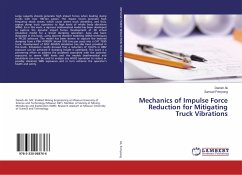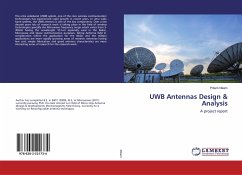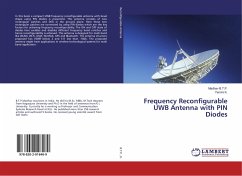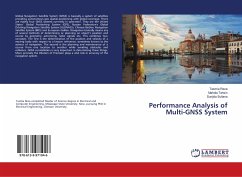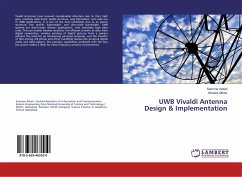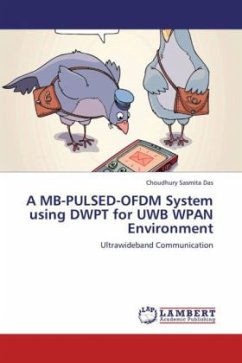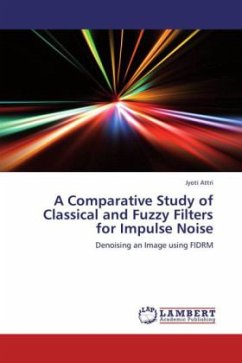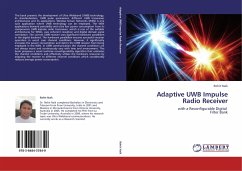
Adaptive UWB Impulse Radio Receiver
with a Reconfigurable Digital Filter Bank
Versandkostenfrei!
Versandfertig in 6-10 Tagen
52,99 €
inkl. MwSt.

PAYBACK Punkte
26 °P sammeln!
This book presents the development of Ultra Wideband (UWB) technology, its standardisation, UWB pulse parameters, different UWB transceiver architectures and its applications. Wireless Sensor Networks (WSN) is one such application where UWB technology can be employed. The WSN applications demand portability and ultra low power consumption from its components. UWB impulse radio transceiver, which is one of the suitable architectures for WSNs, uses coherent reception and digital domain pulse correlation. The current UWB receiver uses significant hardware parallelism in the digital backend. The h...
This book presents the development of Ultra Wideband (UWB) technology, its standardisation, UWB pulse parameters, different UWB transceiver architectures and its applications. Wireless Sensor Networks (WSN) is one such application where UWB technology can be employed. The WSN applications demand portability and ultra low power consumption from its components. UWB impulse radio transceiver, which is one of the suitable architectures for WSNs, uses coherent reception and digital domain pulse correlation. The current UWB receiver uses significant hardware parallelism in the digital backend. The hardware parallelism ensures successful receiver operation in worst case channel conditions. However, it significantly increases the power consumption and deters the UWB receiver from being employed in the WSN. In UWB communication the channel conditions are not always worst and continuously vary with time and environment. This book proposes a novel real-time reconfigurability algorithm that estimates the channel conditions and effectively utilises the hardware resources by adapting the receiver to different channel conditions which considerably reduces average power consumption.





